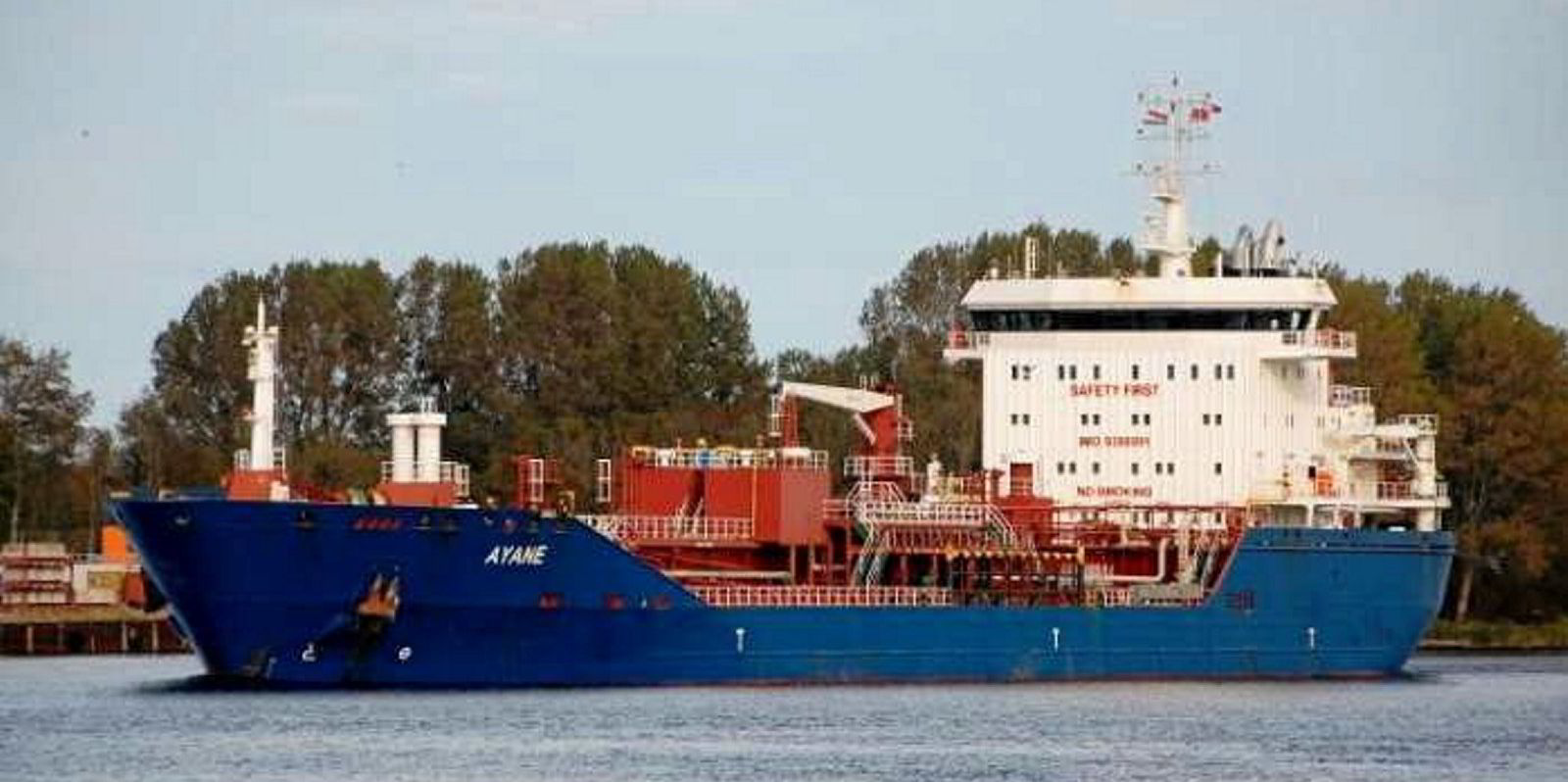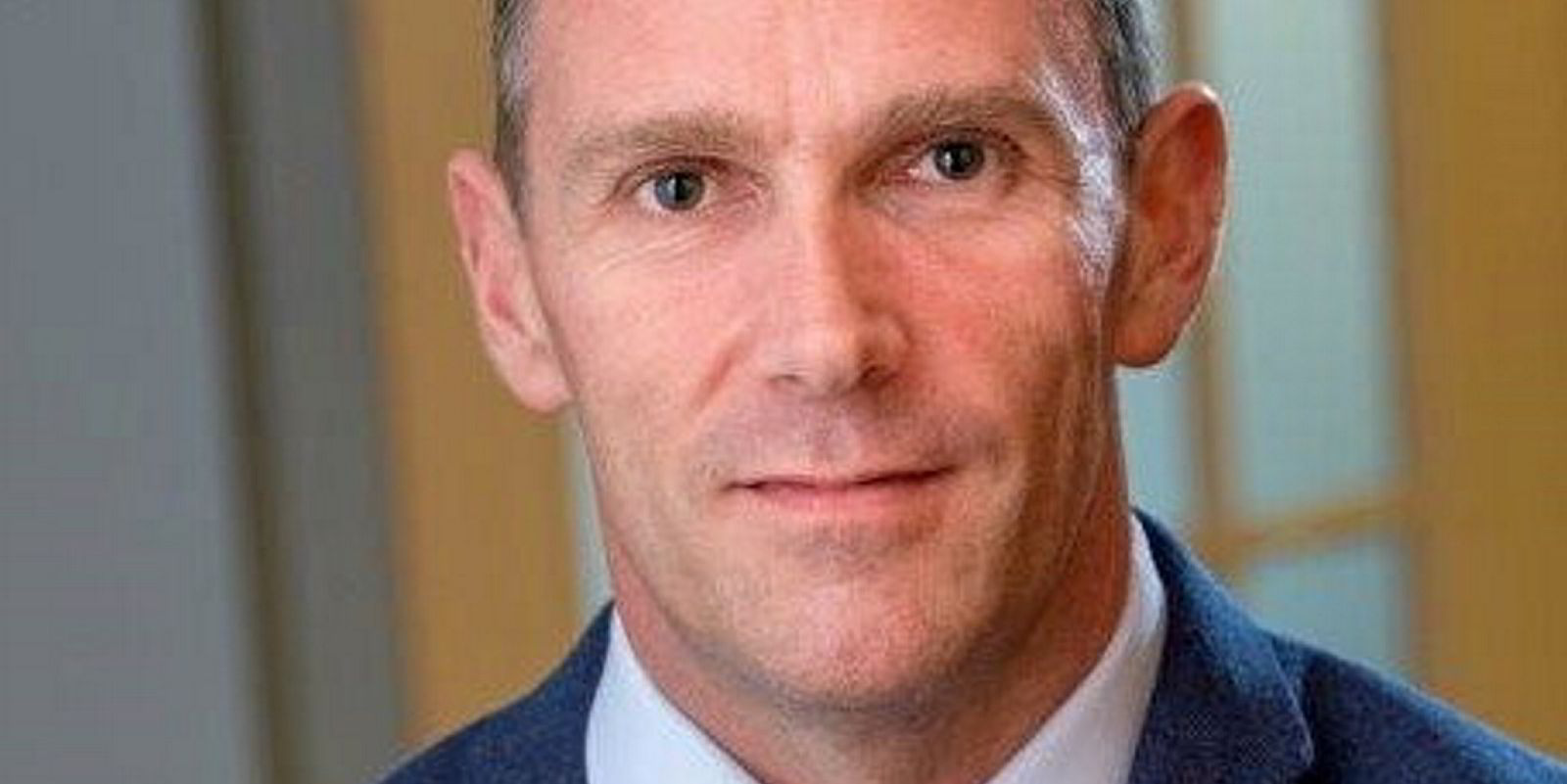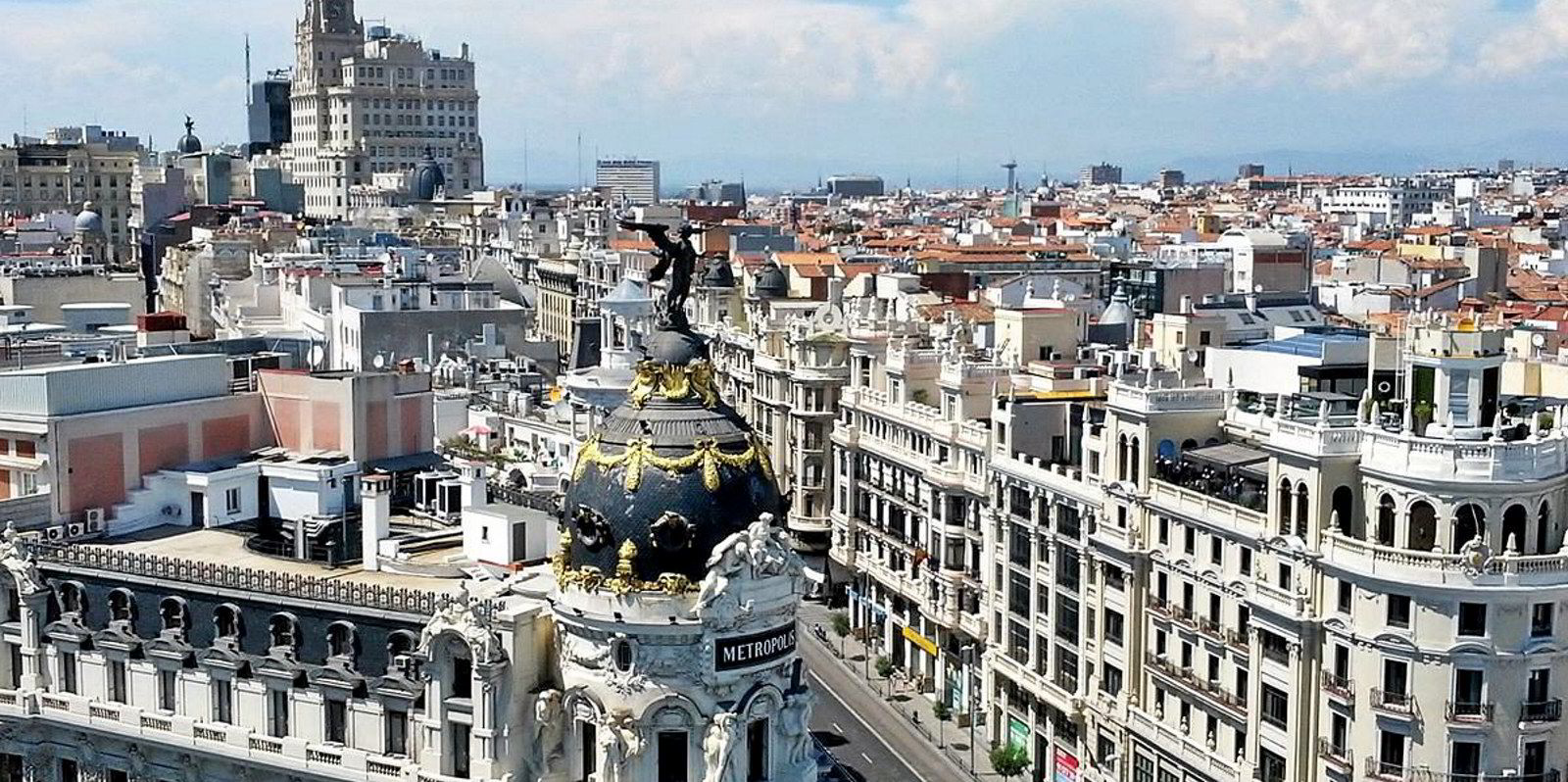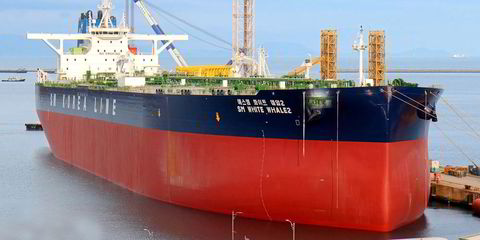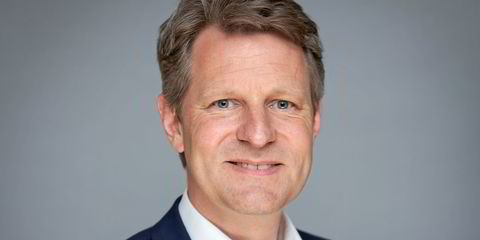Maersk Tankers says its Intermediate pool is delivering strong earnings and attracting new partners.
The latest addition — the third new entrant to the pool in 2022 — is Argentina’s Bahia Grande with its 17,000-dwt clean carrier Ayane (built 2010).
Maersk Tankers said product tanker markets continue to see high spot rates and exceptional volatility between regions and markets.
“This offers shipowners the opportunity to secure high earnings, providing they can position their ships to match earning spikes, but it also exposes them to risk if their timing is wrong,” it added.
Sumit Sabarwal, lead charterer for the Intermediate pool and responsible for trading strategy, said: “This is especially true for the Intermediate segment, where most trade is specific to a certain region.”
The pool trades ships globally, carrying clean and dirty petroleum products, vegetable oil and chemicals.
The company said most such operations trade in one region, but Maersk Tankers has the scale to move into areas with the highest demand, reducing exposure to fluctuations.
“We have built this position over the past few years and accelerated it last year to be able to diversify our exposure into more geographical and cargo markets,” Sabarwal said.
“Especially in the current market environment, where rates and inter-regional volatility have increased significantly, this has proved to be a great strength.”
Tanker demand is forecast to rise at the same time, as fewer intermediate newbuildings come into the market.
More partnerships sought
Sabarwal explained that his plan for the pool is to “continue with a diversified portfolio, but to keep monitoring all markets to ensure we position our fleet in exactly the right place and at the right time to take advantage of favourable markets”.
“We are very pleased to welcome Bahia Grande to our pool and are looking to strengthen our global presence further by forging more partnerships around the world,” he added.
The Intermediate pool began in the early 2000s and was expanded when Maersk Tankers acquired Swedish shipowner Brostrom in 2009.
Following this deal, the vessels were operated under the Brostrom brand, largely in northwest Europe.
Maersk Tankers now has 20 vessels from seven different owners in the pool.
It has been selling off the Brostrom ships this year.
Last month, the 16,800-dwt Bro Anna and Bro Agnes (both built 2008) went for $14.2m and $14.3m respectively, brokers said.
And four others were sold in May.
In November, India’s Sanmar Shipping returned to Maersk Tankers’ pool operation to help it cut emissions.
The Chennai-based tanker and LPG carrier owner placed the 106,500-dwt LR2 Sanmar Sangeet (built 2004) with the Danish operator.
